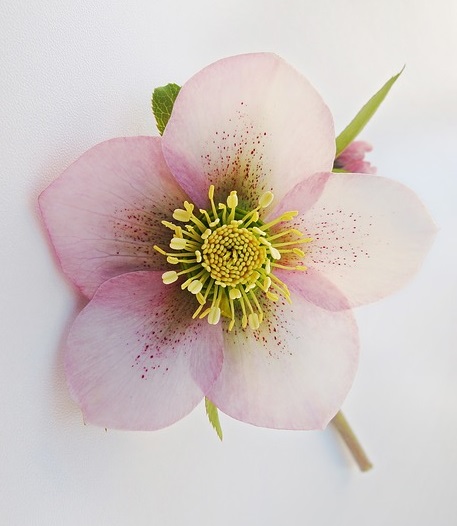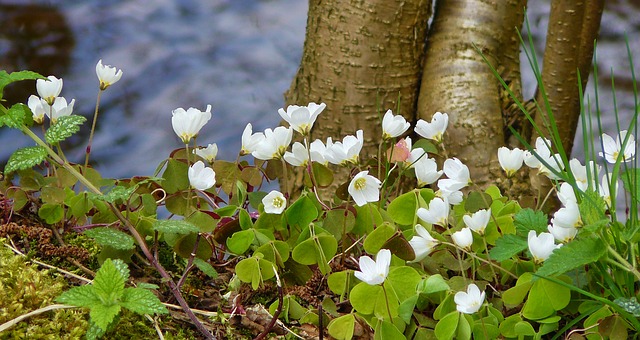There are jobs that you can be getting on with in February. Work this month sets the stage for a glorious spring garden. It’s time to get planning and take advantage of sunny days (If we have any!) to complete odd jobs in your garden. You can start sowing vegetable and flower seeds indoors ready to be planted out after all signs of frost are gone. There is nothing like a good hard frost to remind you that it’s still winter! We’re all itching to get out and start ‘doing’ but there’s nothing to be gained by sowing early.
Later sowings will always catch up once the weather warms up and you
risk losing everything to frost if you’re too eager now.
Flower Garden
- Divide Christmas roses
- Plant lilies and anemones
- Take chrysanthemum cuttings
- Plant annual seeds if the weather allows
- Sow slower growing summer bedding plants under glass
- Start off winter stored dormant plants and tubers
- Bring in bulbs for forcing and plant out spent indoor bulbs

Hellebores are drought resistant, slug resistant, and even deer resistant! There are two shortcomings of Hellebores, leaf spot disease and aphids – but there are also easy cures for both.
February is the perfect time to finalise your garden plans, order summer flowering seeds and start sowing. Start your seeds indoors and move them outside after all signs of frost have gone.
Veggie Garden
- Chit your Potatoes (put them in a light, frost-free place and watch them sprout)
- Plant some Garlic – in pots if you like
- Force some Rhubarb – the crowns do better if they are at least 3 years old
- Plant some fruit trees – make sure to dig a nice big hole and put plenty of organic matter at the bottom
- Plant a few Onion sets – leave some for early spring too
- Prepare a seed bed – you’ll be using it a lot quite soon
- Draw up a plan of action
- Continue buying seeds
- In mild areas (like the South West of England) sow Summer Cabbage, Spinach, Radish and Broad beans – under cover of a cloche naturally
- Dig a bean trench and fill it with rotted compost or kitchen waste
This video tutorial tells you how to grow your own Broad Beans. Broad beans grow best in a sunny situation sheltered from winds and enjoy rich, moisture retentive, well-drained soil.
- Fertilise the soil around the base of your fruit trees.
- Check any stored fruit for signs of disease and remove any infected fruit. Keep fruit in an airy, cool location for best results.
- It’s also time to start sowing your vegetable seeds indoors.
- It’s also worth getting a start on germinating the slow ones like parsley, celeriac and even parsnips. Germinate them on damp paper in an old ice cream tub under the kitchen sink. Then transplant them into pots as soon as the tiniest sprout appears.
In The Garden
- Finish any odd jobs left around the garden, for example, fixing fences, cleaning greenhouses and getting garden tools ready for the arrival of spring.
- Beds should be raked clean before you start to plant your bulbs, any waste material can be added to your compost.
- Don’t forget to clean and sterilise your trays and pots before you start sowing and planting to prevent the spread of disease.

